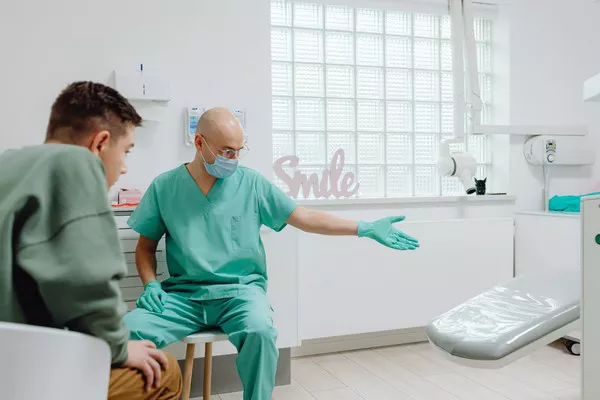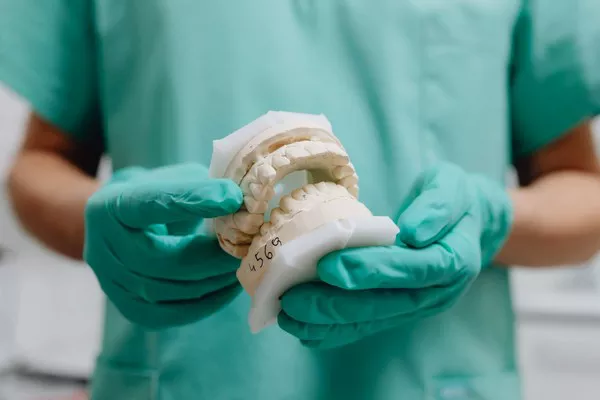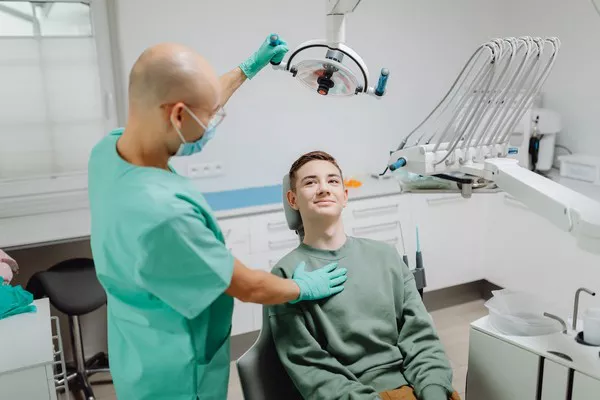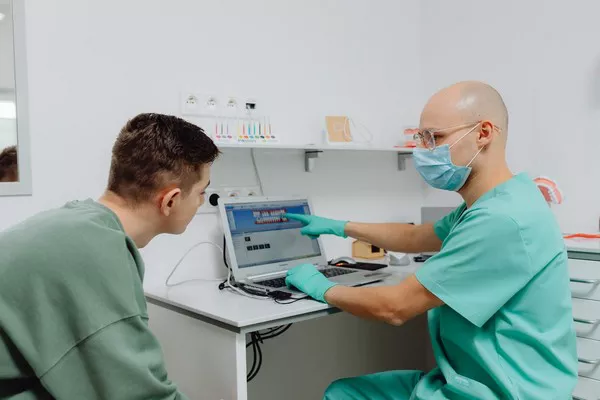Losing multiple teeth can have a significant impact on one’s oral health, functionality, and self-confidence. Traditional dentures have long been the go-to solution for restoring missing teeth, but they often come with challenges like discomfort, slippage, and dietary restrictions. However, advancements in dental implant technology have led to the development of an innovative treatment called All-on-Four dental implants. This comprehensive guide aims to provide an in-depth understanding of All-on-Four dental implants, their benefits, and how they can transform smiles permanently.
Understanding All-on-Four Dental Implants
All-on-Four dental implants is an advanced technique that allows for the complete rehabilitation of an arch or both arches of teeth using just four strategically placed dental implants. It provides a fixed and permanent solution for individuals who have lost most or all of their teeth.
The procedure involves the placement of two straight anterior implants in the front of the jaw and two tilted posterior implants at the back. Using these four implants as anchors, a full arch prosthesis, commonly known as a bridge, is securely attached, providing a strong and natural-looking set of teeth.
The Advantages of All-on-Four Dental Implants
All-on-Four dental implants offer several advantages over traditional dentures and other tooth replacement options:
a. Enhanced Stability and Functionality:
Compared to removable dentures, All-on-Four implants provide a secure and stable foundation for the prosthetic arch. This allows individuals to bite, chew, and speak naturally, without fear of slippage or discomfort.
b. Improved Aesthetics:
All-on-Four implants are custom-designed to resemble natural teeth, enhancing the overall appearance of the smile. The prosthesis is carefully crafted to complement the patient’s facial features, resulting in a natural and youthful look.
c. Preservation of Jawbone Health:
When teeth are lost, the underlying jawbone can deteriorate over time. All-on-Four implants help stimulate bone growth and prevent further bone loss by integrating with the jawbone. This promotes long-term oral health and preserves facial structure.
d. Time Efficiency:
In most cases, All-on-Four dental implant treatment can be completed in a single day or a few visits, depending on individual circumstances. Patients can typically leave the dental office with a functional set of teeth soon after the procedure.
e. Minimal Discomfort:
All-on-Four dental implant surgery is usually performed under local anesthesia, ensuring minimal pain or discomfort during the procedure. Furthermore, the fixed prosthesis eliminates the sore spots and gum irritation associated with removable dentures.
The All-on-Four Treatment Process
The All-on-Four dental implant treatment process typically involves the following key steps:
a. Comprehensive Examination:
The journey begins with a thorough examination, including dental imaging and impressions, to assess the patient’s oral condition and determine their suitability for All-on-Four implants.
b. Treatment Planning:
A customized treatment plan is developed based on the patient’s unique needs and goals. This includes determining the optimal placement of implants, considering factors such as bone density, jaw structure, and esthetics.
c. Implant Placement:
During the surgical phase, the dentist will strategically place the four dental implants into the jawbone. The anterior implants are inserted vertically, while the posterior implants are tilted at an angle to maximize support and stability.
d. Temporary Prosthesis:
Following implant placement, a temporary prosthesis is attached to the implants. This allows patients to leave the dental office with a functional set of teeth while the implants heal and integrate with the jawbone.
e. Final Prosthesis:
Once the implants have fully integrated, a final prosthesis is fabricated. This custom-designed bridge is carefully crafted to match the patient’s desired shade, shape, and size, resulting in a natural-looking smile.
f. Follow-Up Care:
Regular follow-up visits are crucial to monitor the healing process and ensure the long-term success of the All-on-Four dental implant treatment. Dental professionals will provide guidance on proper oral hygiene practices and adjustments, if necessary.
Comparing All-on-Four Dental Implants to Alternative Options
When considering tooth replacement options, it is essential to understand how All-on-Four dental implants compare to alternative treatments:
a. Removable Dentures:
Unlike removable dentures, All-on-Four implants offer better stability and functionality, eliminating concerns about slippage or discomfort. Additionally, All-on-Four implants do not require messy adhesives or daily removal for cleaning.
b. Traditional Dental Implants:
All-on-Four implants differ from traditional dental implants by using fewer implants for a full arch restoration. This reduces the complexity and cost of the treatment while still providing excellent aesthetics and functionality.
Conclusion:
It’s important to note that All-on-Four implants require proper care and maintenance, including regular check-ups with a dental professional, diligent oral hygiene practices, and periodic adjustments or repairs as needed. With proper care, All-on-Four dental implants can provide a permanent and confident smile transformation for individuals seeking a reliable solution for extensive tooth loss.
Related Topics:































